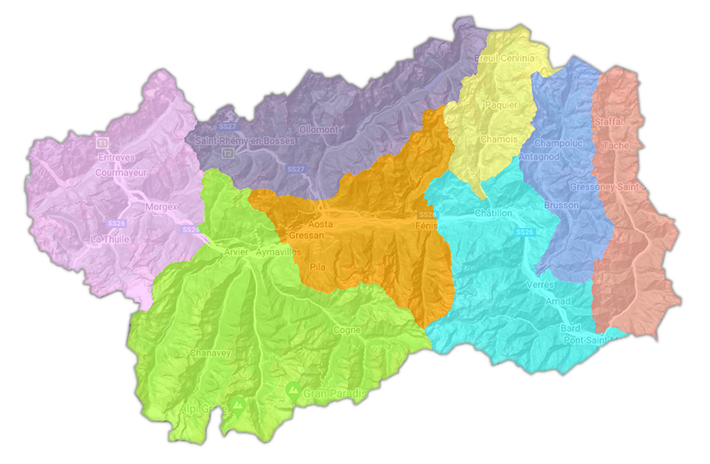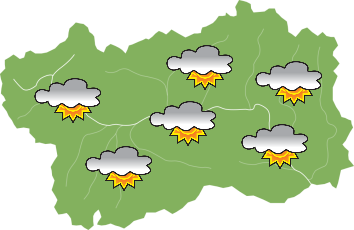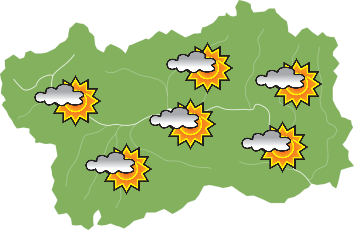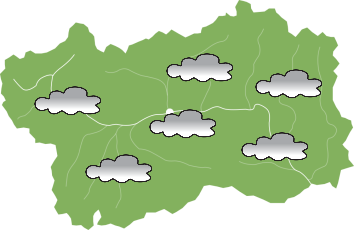Le Gare rock climbing wall
Climbing walls - ValgrisencheThe area was created for the 1989 sport climbing competition. There are 4 main sectors: Gare Est, Cheyenne, Gare Ovest, Muro rosso. The climbing style for all routs is small holds and endurance. The anchoring is good and the distance between pitons is never excessive. It is good practice grounds for onsight climbs and for endurance.
The activity requires technical experience. Alpine guide assistance is recommended.
Descent: The stops have chains and bolts and climbers abseil down.
Minimum, maximum and average route difficulty from 6a to 7c, average 6c.
Total number of routes: 45
Average length is 25 meters with a minimum of 15 meters in the cheyenne sector and maximum of 27 in the gare Est sector.
Other rock walls in the area: Miollet - Valgrisenche










